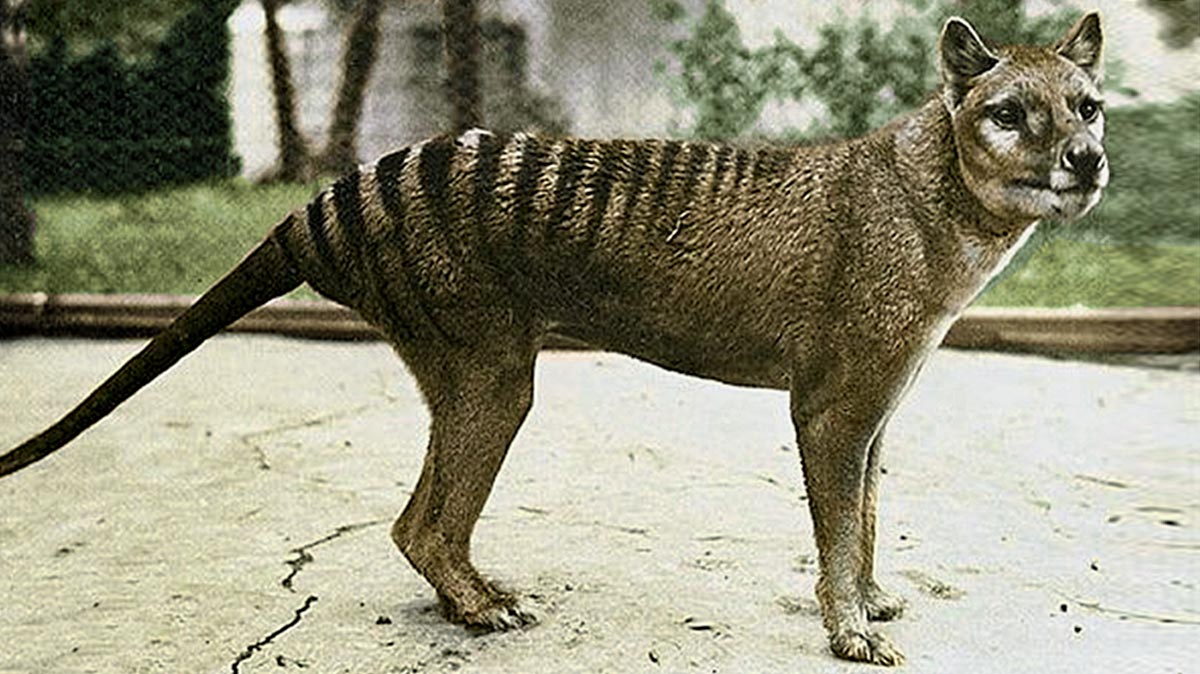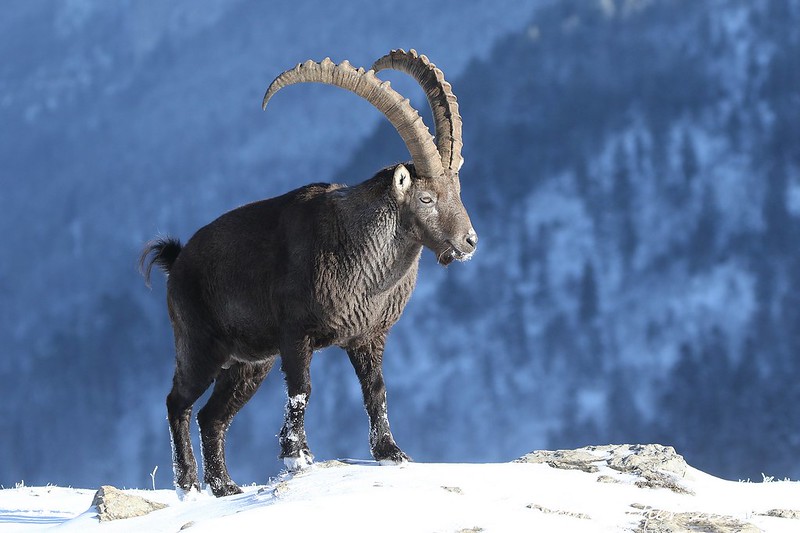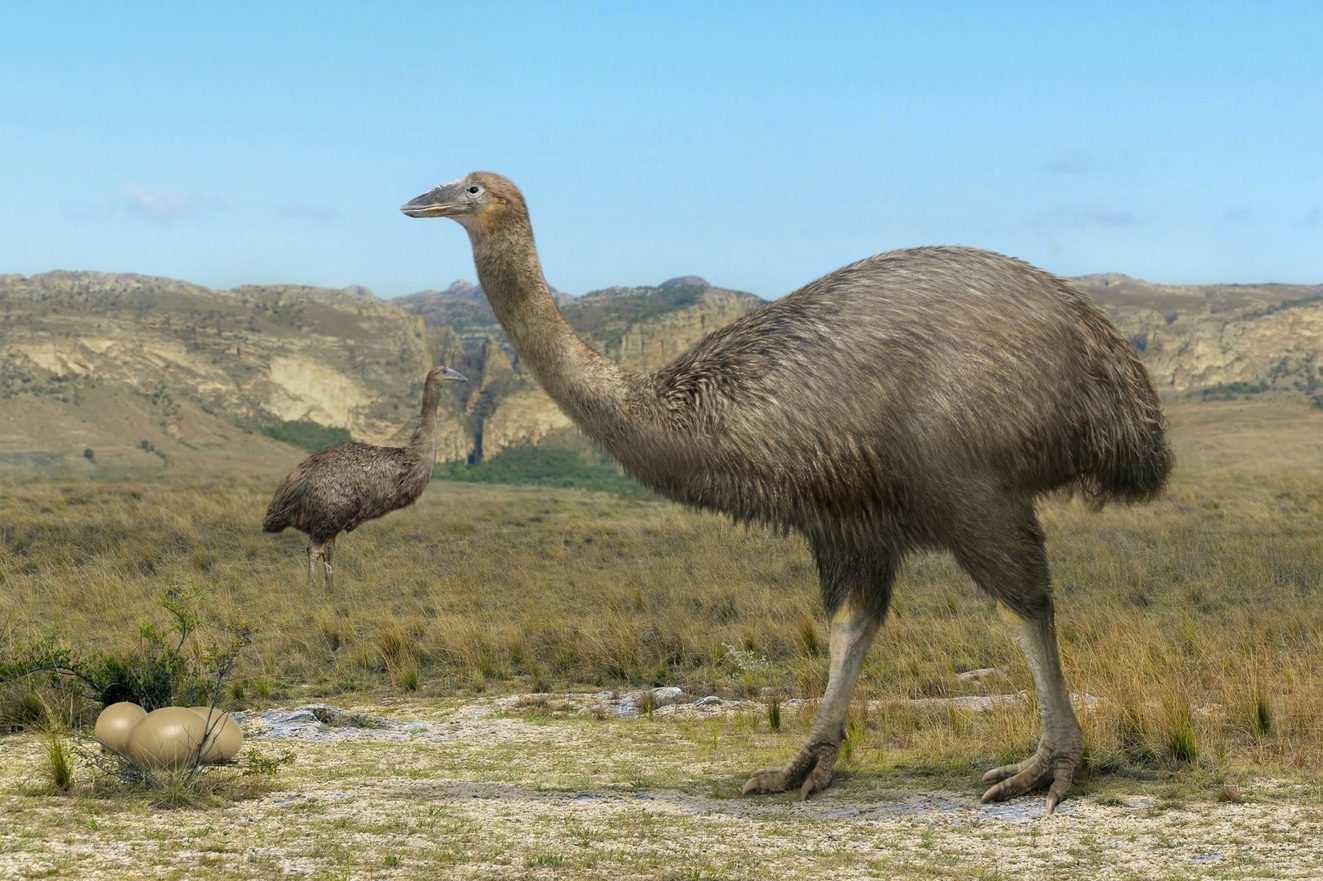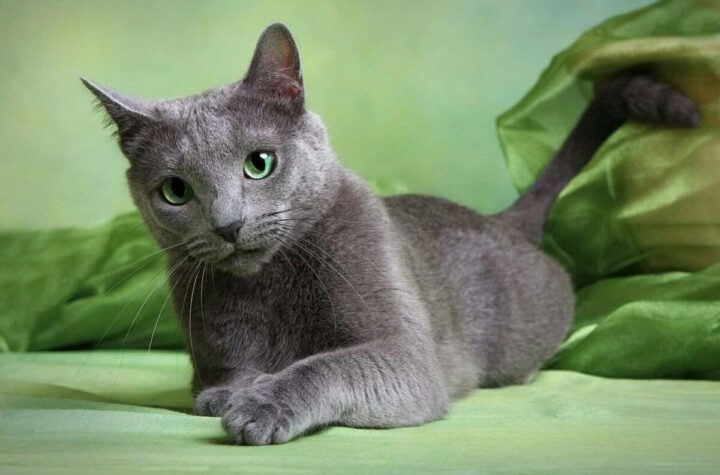Attempts are being made by scientists all over the world to perfect the method of cloning. They are also trying to conserve DNA of certain animals so that they can be resurrected. Ironically, human beings pushed these animals to extinction because of human impact but now they want the animals to come back!
Woolly Rhino
The Woolly Rhino comes from the same period as the Saber Toothed Tiger. In 2015, a businessman found the carcass of the Woolly Rhino buried in the snow. 12,000 years was the scientists’ estimate and still it was perfectly preserved. The closest living relative of the Woolly Rhino is the Sumatran Rhino which also, unfortunately, is an endangered specie. So there is the hindrance of carrying the humongous animal in the belly for the whole gestation period and finding the mother is just what the scientists need.

Baiji River Dolphin
The Baiji River Dolphin was found in the Yangtze River of China until 2002. They are the first species of Dolphins that have been driven to extinction by the activities of human beings. These dolphins are also the first amongst largest mammals to become extinct recently. There are different conflicting claims about this cetacean specie. One research suggests that a couple of specimens might still be alive. In fact they have reported sightings of this dolphin. And, that scientists should not hurry in creating a clone of the original. The sightings however have been unconfirmed and they have been reported by The Guardian as being so. Another research states that because of being relatively new and recent extinction, the fresh DNA might be easier to.

Saber Toothed Cats
Diego from the Ice Age movies and yes it scares everyone just like it did in the films. Why the scientists want to bring this specie back is the real question though. The Saber Toothed Tiger dwelled on the earth during the Ice Age period. And seems to have gone extinct during the Quaternary Extinction period which is related to transition of climatic change. There are fossils of the mammal in museums such as The La Brea Tar Pits of Los Angeles which can be used to bring back the mammals of the Pleistocene Era.

Tasmanian Tiger
The Tasmanian Tiger is also known as Thylacine. It was driven to extinction by the humans and declared extinct in 1936. The European settlers that made their way into Australia during the 1800s saw the Tasmanian Tiger as a menace and took to bounty hunting to get rid of the pest. Eventually, the last Thylacine died in captivity like the Passenger Pigeon. Although the animal was no threat to human settlers, its physiology surprised the Europeans much like they were surprised to the extent of uproar by the Platypus. Its head was like the wolf, its hind was striped like the tiger’s and it had a pouch that faced backwards. The Thylacine was a marsupial and since 1866, scientists have a pup preserved in alcohol, DNA from which can be implanted as per planning into the Tasmanian Devil.

Bucardo – Mountain Goat
Hunting and gradual destruction of its habitat led to the official extinction of the IBEX or the Mountain goat in 2000. It lived in the Spanish mountains prior to the human’s meddling of nature causing its extinction. However, it is the first animal to have been successfully cloned in 2009. Scientists eventually succeeded in placing a fertilized embryo in a female goat which gave birth to a calf after the full gestation period. But the lungs were not properly developed and the defect led to the death of the clone a few minutes later. Having achieved a milestone, the scientists went back to the dashboard immediately but hitherto another clone has not been produced.

Woolly Mammoth
Who wouldn’t want to see the Ice Age live- all four parts that is! Manny was lost thousands of years ago. Studies have revealed that it was more due to climatic change than because of hunting. The mammoth’s final destination was the Arctic. It is there that scientists have come across the remains and skeletons of a mammoth many times. Scientists from North America to Siberia are researching on developing a genome that would eventually allow for de-extinction of the mammoth through replication. The mammoth is the most treasured and probably the coolest of all the colossal species that lived in the past.

Moas: an Extinct Species
Today scientists are highly fascinated by the idea of reviving megafauna that was literally pushed to extinction by human beings. The early settlers in New Zealand hunted the Moa birds for food. Their skin and feathers were used in clothing while their bones were changed into jewelry. The large flightless birds were thus quickly wiped out in the 13th Century. Possibly the humans in those times were not as informed about ecosystems and ecology as the scientists of today.





Related Posts
Top-7 Most Expensive Dogs in the World
7 Most Expensive Cats in the World 2023
Top-7 most luxurious and expensive airlines in the world